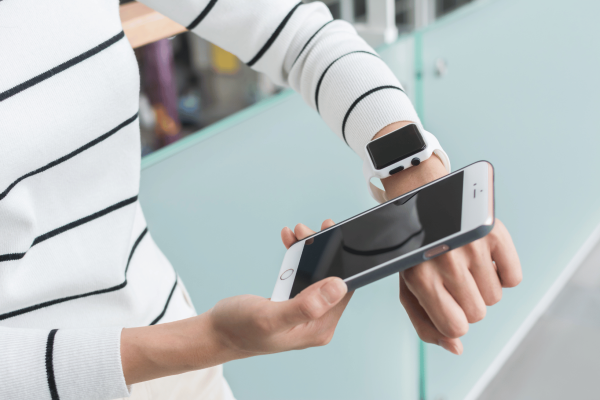According to a recent research report conducted on the electronic clinical outcome assessments (eCOA) and electronic patient reported outcomes (ePRO) market, this segment of the clinical research industry – and the healthcare industry as a whole – is forecasted to experience a compound annual growth rate of 15.3 percent by 2025 as it reaches an estimated value of $2,986 million. This indicates a transition from paper-based data collection methods to wholly digital solutions. Considering the value an innovative software solution can add to clinical trial data management, it’s no wonder eCOA and ePRO are surging in popularity. In this post, we’ll evaluate just a few of the benefits surrounding eCOA and ePRO.
Improved Data Quality with Reduced Errors
eCOA and ePRO enable research professionals to more accurately gather and analyze clinical trial data. Equipping research teams and study participants with eCRFs (electronic case report forms) to input outcomes directly will drastically reduce any data duplication – as well as the amount of source data verification required. Cleaner, more accurate sets of data will also result from standardized eCRFs; building electronic forms and surveys with predefined responses helps eliminate the need for the interpretation of hand written responses.
TrialKit’s form builder has an intuitive drag-and-drop interface that makes it simple to configure fields, including single or multi-choice section, photo/video uploading, and many other data types, to make standardized data collection simple. Beyond that, data gathered using eCOA and ePRO is more suitable for analysis, and using TrialKit, can quickly be generated into visual, graphical reports.
eCOA Enables Real-Time Visibility and Improved Data Quality
This technology also gives research professionals the advantage of instantaneous access to data generated by eCOA and ePRO. The capabilities in the cloud-based TrialKit platform let research teams configure their studies to generate notifications when a completed eCRF meets predefined conditions. For example, site coordinators can get notified whenever a study participant indicates they have had nausea more than twice in a week. Most importantly, the ability to receive and analyze participant reported data in real-time allows research professionals to react to adverse events and serious adverse events quicker than ever, leading to greater safety measures for study participants.
Benefits Beyond Data Quality: ePRO and the Patient Experience
There is growing evidence that ePRO, coupled with the bring your own device (BYOD) concept, has the potential to improve trial participant compliance and engagement rates. With the number of worldwide smartphone users soaring in the neighborhood of 2.5 billion, it’s more likely than not clinical trial participants are smartphone (or tablet) owners. Permitting participants to complete surveys and questionnaires on their own mobile device – with which they are most familiar – may boost compliance. In-app notifications and alerts sent directly to the participants’ personal device are less likely to slip through the cracks compared to a mobile device assigned to them at the onset of the trial. It is arguably less burdensome for participants to not be responsible for a second mobile device and less costly for study sponsors to provision them.
Additionally, TrialKit now has a handoff function within its ePRO capabilities, whereby participants can fill out surveys with a clinician via handoff mode. This alleviates the need to add the participant to the system for them to login on their own. The handoff function is beneficial for older populations or studies where the participants only complete a couple surveys and do not need their own login. With 85 percent of all clinical trials failing to retain enough participants to successfully complete a study, adoption of ePRO technology should be seriously considered as a solution so more studies may reach completion.
Of course, eCOA and ePRO offers an abundance of value to clinical trial data collection beyond what’s mentioned in this post. This technology also opens the door to collecting real world evidence, a concept of growing focus in the industry as we look to evaluate product performance and improve safety and effectiveness for users. Data generated by wearables – such as smartwatches, activity trackers, and more – are now providing research professionals with an unprecedented depth and breadth of outcomes data.
To achieve this, TrialKit is designed to utilize Apple Health, Fitbit, and Samsung Health to more accurately and objectively collect a greater quantity of data in the clinical trial process, including heart rate, step motion, and range of motion. The clinical research industry has yet to fully leverage all that technology has to offer, but is making giant strides in data collection with the help of proactive, engaged clinical trial participants.
Conclusion
By leveraging eCOA and ePRO solutions, clinical researchers can collect higher-quality data, streamline workflows, and improve the patient experience. This ultimately leads to more efficient and informative clinical trials that pave the way for better healthcare advancements.
Crucial Data Solutions’ TrialKit is a comprehensive eClinical platform that includes eCOA/ePRO, designed to meet the needs of your clinical research studies. To learn more about how our solutions can help you unlock the full potential of eCOA and ePRO data collection, visit https://crucialdatasolutions.com/epro-ecoa/.




